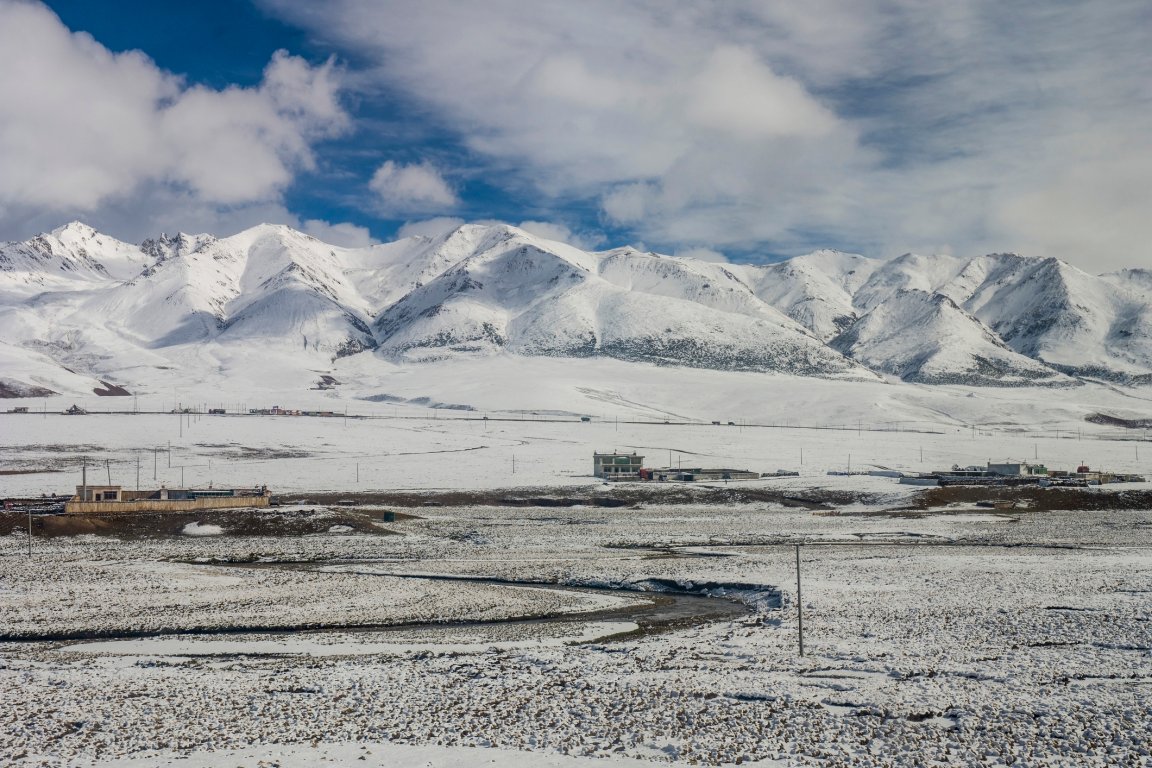
On Ice, but Perhaps Not for Long
In a TV series called “The Last Ship,” humanity is almost wiped out by a plague that emerges from the frozen Arctic as a result of global warming. The idea of a disease originating from a remote landscape makes for good science fiction, but it looks like we could potentially experience that devastation first-hand.
The source of these real-world outbreaks? Permafrost soil in the polar regions.
“Permafrost is a very good preserver of microbes and viruses, because it is cold, there is no oxygen, and it is dark,” evolutionary biologist Jean-Michel Claverie from the Aix-Marseille University in France explained to BBC. “Pathogenic viruses that can infect humans or animals might be preserved in old permafrost layers, including some that have caused global epidemics in the past.”
Already, a number of viruses trapped in permafrost have spread when the formerly frozen soil melted. Most recently, an anthrax outbreak in 2016 was believed to have originated from an infected deer that died and froze in permafrost some 75 years ago. Now, scientists believe that the increased pace of permafrost melting could unleash a host of other viruses that haven’t been around for thousands or even millions of years.
Keeping Things Frozen
The idea that viruses could be revived after being frozen for a long period of time isn’t really new. A 2007 study showed that a 1918 Spanish flu virus could survive in infected corpses buried in the Alaskan tundra, and in a 2011 study on the potential of anthrax emerging from cattle burial grounds, researchers Boris Revich and Marina Podolnaya wrote, “As a consequence of permafrost melting, the vectors of deadly infections of the 18th and 19th centuries may come back, especially near the cemeteries where the victims of these infections were buried.”

Due to climate change, permafrost melting has increased to alarming rates. Efforts to combat it are underway, including an idea to refreeze polar ice caps, but we have no way of knowing just how imminent a viral outbreak is from previously frozen viruses hiding under the now-thinning permafrost layers. “[T]here is now a non-zero probability that pathogenic microbes could be revived, and infect us,” Claverie said. “How likely that is is not known, but it’s a possibility.
The best thing we can do is ensure we are able to combat any such outbreaks if they do occur by keeping adequate vaccine stores on hand. That, and continue our efforts to end global warming and, perhaps, even reverse some of the damage that’s already been done.